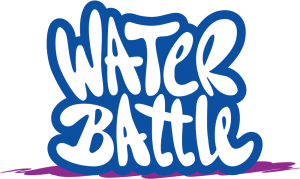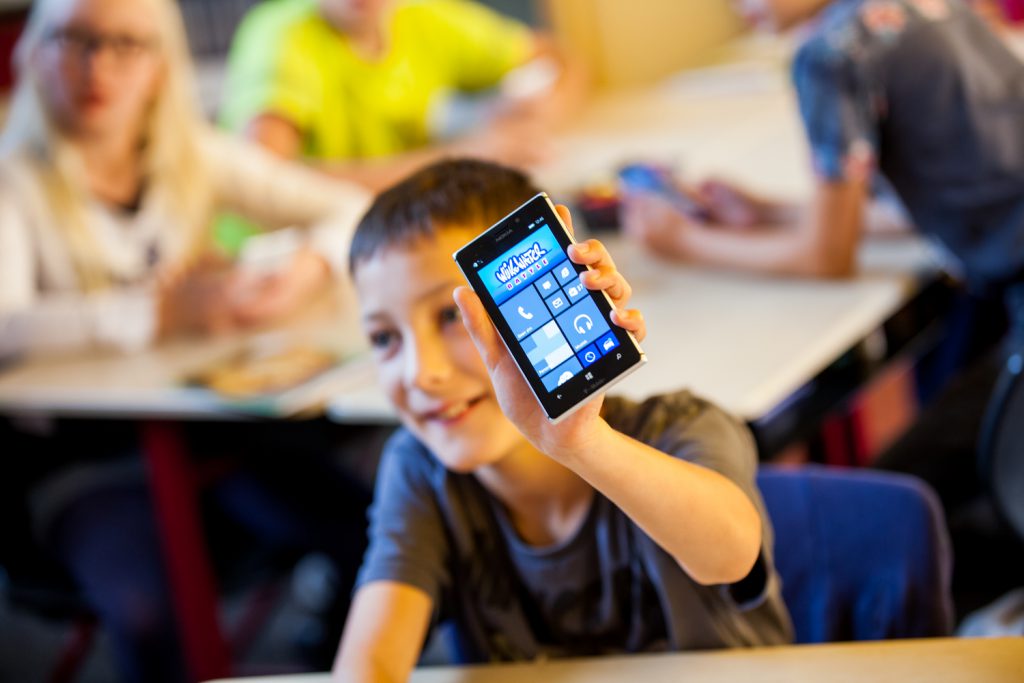We cannot imagine spending a day without water. In the Netherlands for example, the average water consumption per person in a one-person household is 52,000 liters per year. Yet, there is the need to consume less because water processing requires a lot of energy, which is bad for the environment. In addition, water is increasingly becoming scarce as we face longer periods of drought. Occasionally, we are environmentally conscious and decide to run one less load of laundry, but how can you keep someone motivated to save water for a long time? Gamification can help with that.
It is quite understandable that a consumer wonders whether it is really necessary to save water. After all, water is generally considered an inexpensive commodity. Nonetheless, awareness creation is needed to educate people about the problems that excessive water use causes. Understandably, there is no reason to adapt behaviour if you don’t see a problem or not made aware of it. And then it also has Additionally, the expected change needs to be rewarding for the intrinsic motivation needed to maintain the behavior change.
When it comes to getting people to change and staying motivated, gamification or serious games can help, especially because gaming elements such as competition, make them fun. The same counts for saving water through gamification.
What is gamification?
Gamification is the application of game elements in a process to solve a problem or achieve a goal. Gamification is certainly not new. It is already widely used in education, healthcare or for example as a performance-enhancing method in the workplace.
The complexity of a gamification solution can vary greatly. Think of organizing a competition within a family for who has the shortest shower time in a week. Competition is created among the family members. If the family member who has the shortest shower time in a week also receives a prize, a battle is sure to break out in the family. This is an example of how to save water through gamification.
It doesn’t have to be difficult to implement gamification into a process. Just make sure gamification includes the following elements:
- A goal.
- A challenge.
- Insight into the progress (with, for example, a leaderboard).
- A reward.
Why gamification is motivating and can help to save water
The game elements in gamification are challenging and fun, even if the actual task is not particularly fun. This way, someone can still be motivated to change a behavior or learn new skills. In addition, because of their interactivity, and media-rich game environment, they are better at conveying factual knowledge than traditional textbooks.
Also read: the scientific approach to serious gaming and environmental sustainability
In short: games are fun. People would rather play a game in which you learn to save water than listen to an hour-long presentation about water conservation. Let’s say that both will have an effect but a one-time presentation usually has a short-term effect. Games can motivate intrinsically and thus make a real impact. Also in the long term. In the next section, we show an example of a project where the target group is motivated to start saving water for a long time.
Case: Saving water with the ‘Water Battle’
The aim of the ‘Water Battle’ is to motivate households to be smarter about water consumption. This helps water companies to reduce the water load at peak times. During these peak moments, the water pumps have to work extra hard. The adoption of Water Battle leads to a more evenly spread use of water throughout the day. This results in reduced water usage in households.
Children play the serious game on a smartphone. They have to prevent Dewie’s (game character) home from flooding. By playing the game and completing levels the children earn points. Between levels, the children are given quiz questions and water-saving tips to increase their knowledge about water conservation habits.
Parents are also involved in the game. The game can be linked to a smart water meter that gives parents insight into their water consumption. As a first step, the parents have to set water-saving goals together as a family. As the children inspire parents to make water-saving changes and meet their water-saving goals, they earn points and help their children accelerate their game progress. This interaction ensures that the children and their parents keep each other motivated to keep playing the game and thereby save even more water.
The Water Battle was first rolled out in Leeuwarden, Netherlands, with 500 children from 322 households. In three months, these households reduced their water consumption by 7%. Also, 83% of the participants admit they had a better insight into their water consumption. Finally, 78% of participants indicated that it is “very important” for water companies to promote sustainable water consumption. The result indicates that intrinsic motivation has been created among the participants and that even if they stop playing the game, they will continue to pay attention to their water consumption.
Would you like to know more about the Water Battle? Please feel free to contact us!


